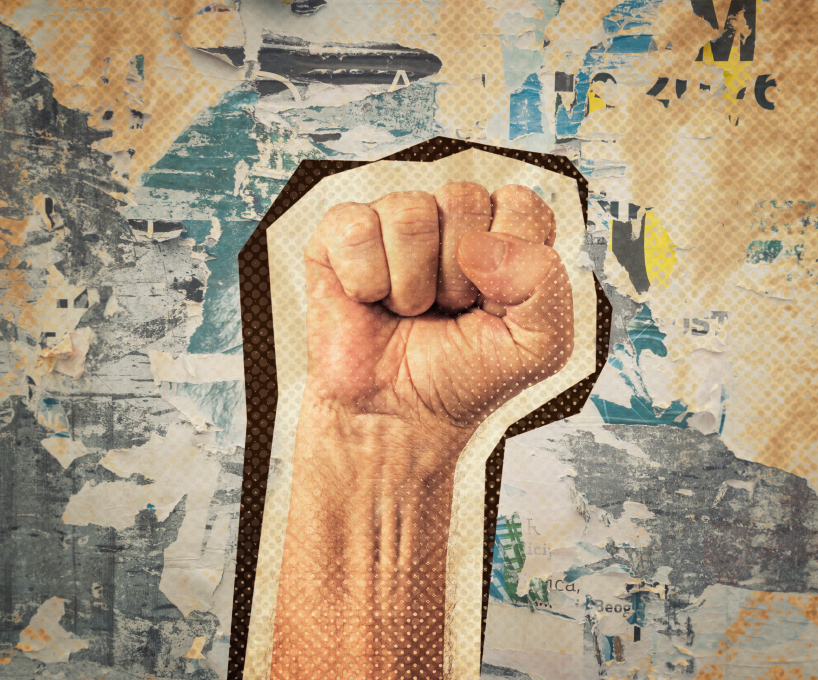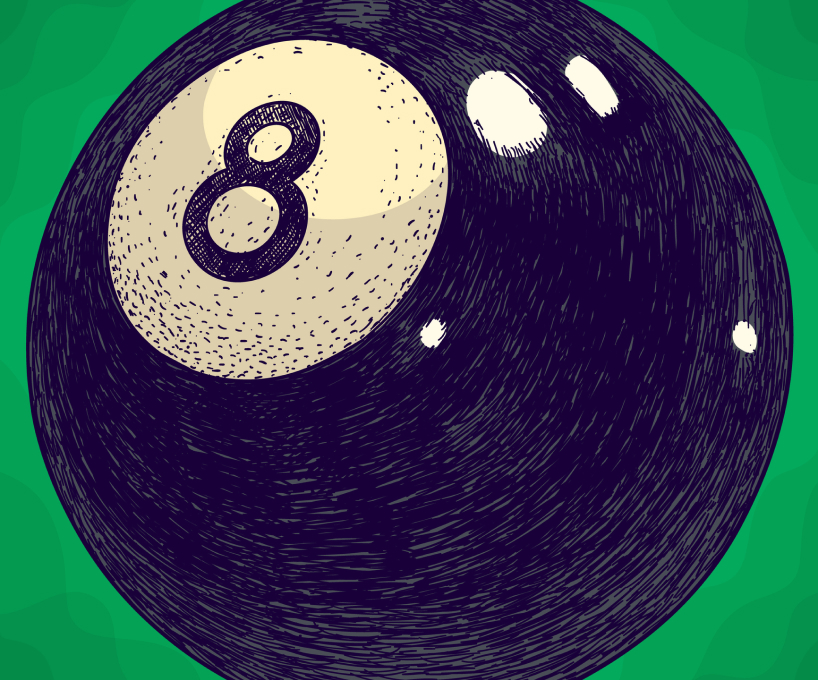
A Beginner's Guide to Video Poker: Understanding the Basics and Strategies
Want to learn how to play video poker? You’ve come to the right place, pal.
...
How To Play Poker

An essential part of poker is reading your opponents. You gain a significant advantage if you can successfully identify their cards based on their behavior, facial expressions or other tells. You might be the best poker player in the world, but if you can't hide your tells from other people at the table, you might as well quit poker and take up golf. Sometimes players fake tells, hoping to deceive their opponents, but most of the time, people just stick with the old reliable poker face to hide how strong or weak their cards are.
A poker face is a blank expression devoid of emotion that shows no hint of a person's thoughts or feelings. A player with a good poker face doesn't reveal any information about the cards they hold through expressions like smiling or frowning.
Believe it or not, the first recorded instances of the term poker face date back to poker tables in the 1800s. One of the earliest references was in 1875 when a British author used the term in his poker book Round Games at Cards. Among the many hints and strategies, he mused that hiding information from your opponents was valuable and that possessing a good poker face is an advantage.
As poker became more popular, the term soon transcended card games, entering everyday conversation. Anybody who sported a blank look or generally dispassionate expression was said to have a good poker face. Whether it was an insult, or a compliment was in the eye of the beholder.
Around the 1920s and 1930s, the term found its way into the sporting world. It was most famously used to describe tennis player Helen Wills who won 19 Grand Slam singles titles, all while playing with a calm, detached style that made it appear like she was performing a menial task rather than playing on the grandest tennis stage of them all. The media at the time dubbed her "Little Miss Poker Face."
Soon the term made its way into plays, novels, and films, describing any character that could maintain an emotionless state regardless of the situation. Over the next few decades, it was used in songs, video games and virtually every form of media in existence. In the modern era, you would be hard-pressed to find anyone who doesn't know what the term means even if they don’t play poker.
Now that you know what a poker face is and where it came from, you should seriously consider developing your own or working on your current one until it's near perfect. Without a good poker face, you're prone to giving away a ton of information about your hands and failing to keep your cards a secret from everyone at the table can make it a lot harder to win chips.
If everyone figures out you have a strong hand because you are grinning like a kid in a candy store, then they are more likely to fold. While if you are visibly upset about your weak cards and make a large play to bluff, it's doubtful anyone will respect the play. If you want to be good at poker, it's very important to give off as little information about your hands as possible.
Develop and work on keeping a good poker face so your opponents can't determine whether you're bluffing or have The Nuts. Disguise both your intentions and the strength of your cards behind a stonewall of no emotion. Give your opponent’s nothing that will provide an advantage.
Unfortunately, there is no "One Size Fits All" strategy to develop a good poker face. What works for one doesn't necessarily work for the other. The key is trying a whole bunch of different techniques and finding what works best for you. To that end, here are a few quick tips to help take your poker face to the next level.
Some players are not comfortable when others stare them down; maybe you are a timid person normally. Until you get your confidence up, it can help to cover up. If they can't see you, they can't read you. Hide behind glasses, a scarf, or a hoodie, whatever you can use to hide your face and eyes.
The most straightforward way to practice your poker face is in the mirror at home. The reflective surface will capture every snide smile, sad expression and tic, no matter how slight. Spend at least ten minutes a day staring into the mirror with a dead-eyed emotionless expression.
Figure out what triggers you to show emotion and what you can do to hide it. Whether it be clearing your mind using breathing exercises and meditation or thinking about those awful jokes your dad used to tell you when you were a kid, find what works for you. Once you start getting good at staying emotionless, gradually increase the difficulty.
Think about getting dealt a royal flush, picture yourself winning the World Series of Poker and still try to keep your poker face. Add loud music, sad music, have a loud movie on in the background, have someone throw a sock at your head. Practice maintaining your poker face in front of the mirror no matter what the circumstances.
The best way to describe a poker face is neutral; you are not happy, sad, or anything in between. When you win, you are not happy; when you lose you are not sad. To maintain a good poker face, you need to stay emotionless, regardless of what happens. If you have been practicing in the mirror, this emotionless state will be a lot easier to keep.
Talking too much at the poker table is a common tell that usually means someone is feeling nervous. Most people at the table will assume you just got a monster hand or are making a big bluff. Either way, if you are constantly talking, expect a lot of scrutiny.
Everything you do could be a possible tell. The way you sit, look at your cards, sip your drink, you may not even be aware of the information you are inadvertently giving away. That's why it's crucial to develop baseline behavior, decide how you are going to sit and stay in that position. Fold your cards the same way every time, pick them up and look at them the same number of times each round. The key is to keep your behavior consistent throughout the game, so you don't want to pick a behavior that is hard to maintain long term.
A poker face is an excellent asset to have at the tables, but it's not always appropriate. If you are playing a poker tournament for a large prize with expert players who can spot a tell easier than breathing, a poker face is a necessity. However, in a poker home game at a friend’s place, maybe lay off your best poker face. Home games are supposed to be fun, a good time for a laugh. So don't be that awkward person who takes a $5 home game super seriously and stays an emotionless stone-faced kook all night. Nobody likes those people; when they leave the room, everyone makes fun of them. Don't be like them.
Spotting a poker face is easy enough. If your opponent doesn't show any emotion whatsoever, regardless of how big the pot is or how stressful the situation, then they are probably using their poker face. Trying to beat a player with a good poker face is another feat entirely. It's not impossible, but it’s definitely a tricky prospect for the unprepared or inexperienced.
Having a good poker face is an asset that many covet, but few can achieve. When you finally come up against a player who betrays little to no emotion, it can be intimidating and even a little unnerving, like playing cards with Hannibal "The Cannibal" Lecter. The good news is that odds are, unless someone is a top-notch professional, most people can't hide all their tells at once.
If your opponent's expressions don't betray them, maybe some other aspect of their game will. Look at the way your opponent plays. Did they suddenly make a large play after folding for fifteen straight hands? That could indicate they finally have a good hand, or they are just annoyed at being out of the action for so long; either way, it's information that can be exploited.
Check the board as well, the other people at the table might not be betraying any emotion, but the board never lies. If your opponent is making massive plays, but there is no straight, flush, four of a kind or full house on the board, then it would be safe to say they might only have a pocket pair or, at best, three of a kind.
Also watch your opponent’s body language and posture. Are they suddenly sitting up tall after slouching for the last five hours? This might indicate confidence. Are they suddenly getting very chatty, or have they gone quiet after talking everyone's ear off for the previous three hours?
Maybe their hands are shaking, or they might look at their cards and drop their drink. Everything could be a possible indication of what their cards are. Look for other signs like nail biting and small micro expressions as well. Just because someone has a good poker face doesn't mean they aren't giving off other tells.
Now you know about the po-po-poker face, you can bluff with the best of ‘em. Have fun at the tables.
What is a poker face?
A poker face is a term used to describe a facial expression devoid of emotion, providing no hint of a person's thoughts or feelings. In the context of poker, maintaining a poker face is essential to avoid revealing information about the cards a player holds through expressions like smiling or frowning.
What does poker face mean?
In a broader sense, "poker face" has transcended its origins in card games, becoming a metaphor for maintaining composure and concealing emotions in various situations. It implies the ability to present a neutral and emotionless exterior, whether in poker or other aspects of life.
How to have a poker face
Developing a poker face involves practicing techniques to mask emotions and reactions during gameplay. Some strategies include hiding behind clothing, mirror practice, maintaining a deadpan expression, and keeping chatter to a minimum.
How to keep a poker face
Maintaining a poker face involves continuous practice and attention to behavioral cues. Key tips include developing baseline behavior, choosing battles wisely, and observing opponents. By incorporating these techniques, individuals can enhance their ability to present a convincing poker face, contributing to a strategic advantage in the game.

Want to learn how to play video poker? You’ve come to the right place, pal.
...
How To Play Poker

Get fast and furious with this simple guide to playing 3 card poker.
....
How To Play Poker

Like a mixed bag of candy, this multi-format poker variant combines all your favorites in one tasty game.
...How To Play Poker